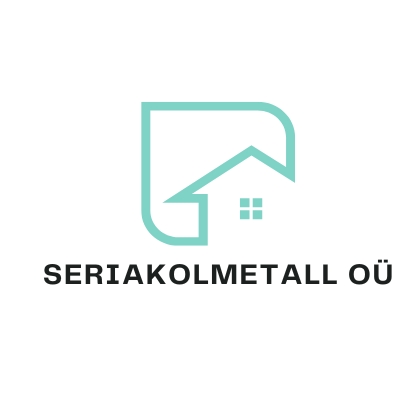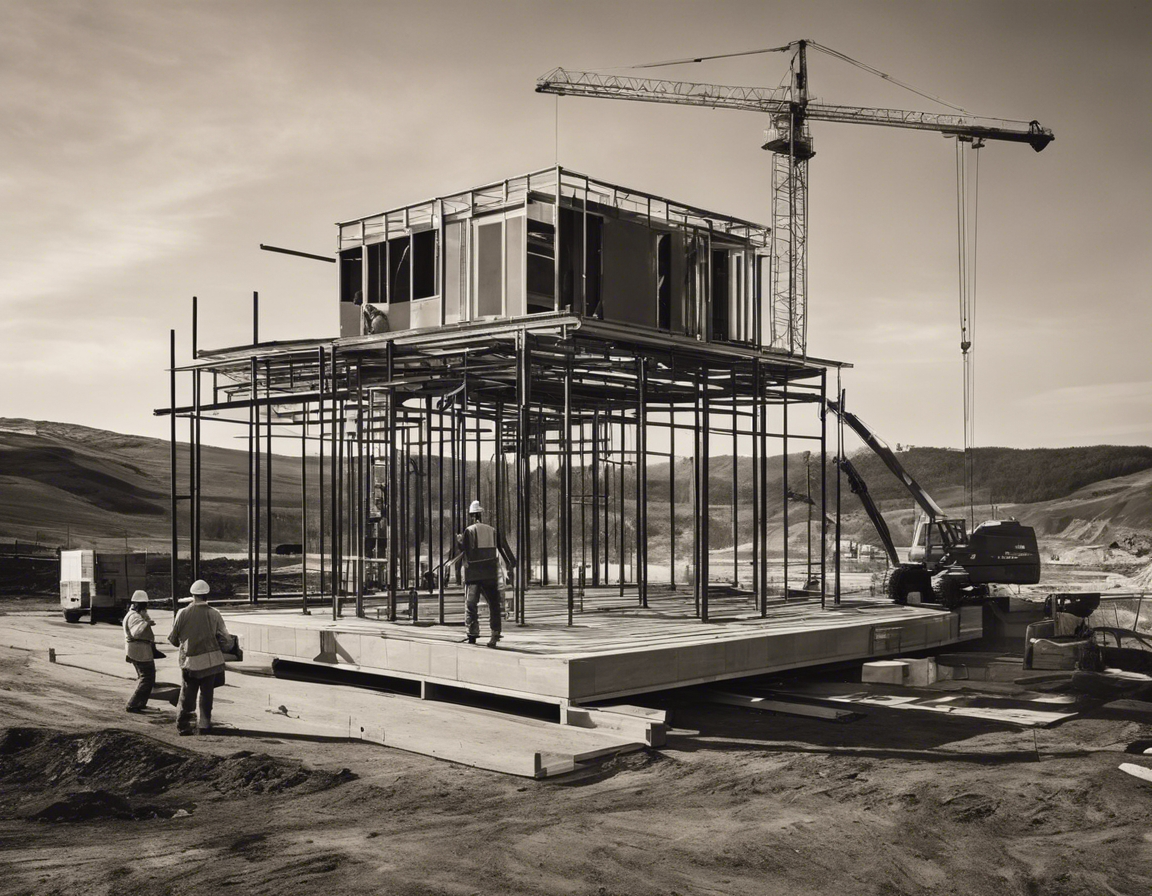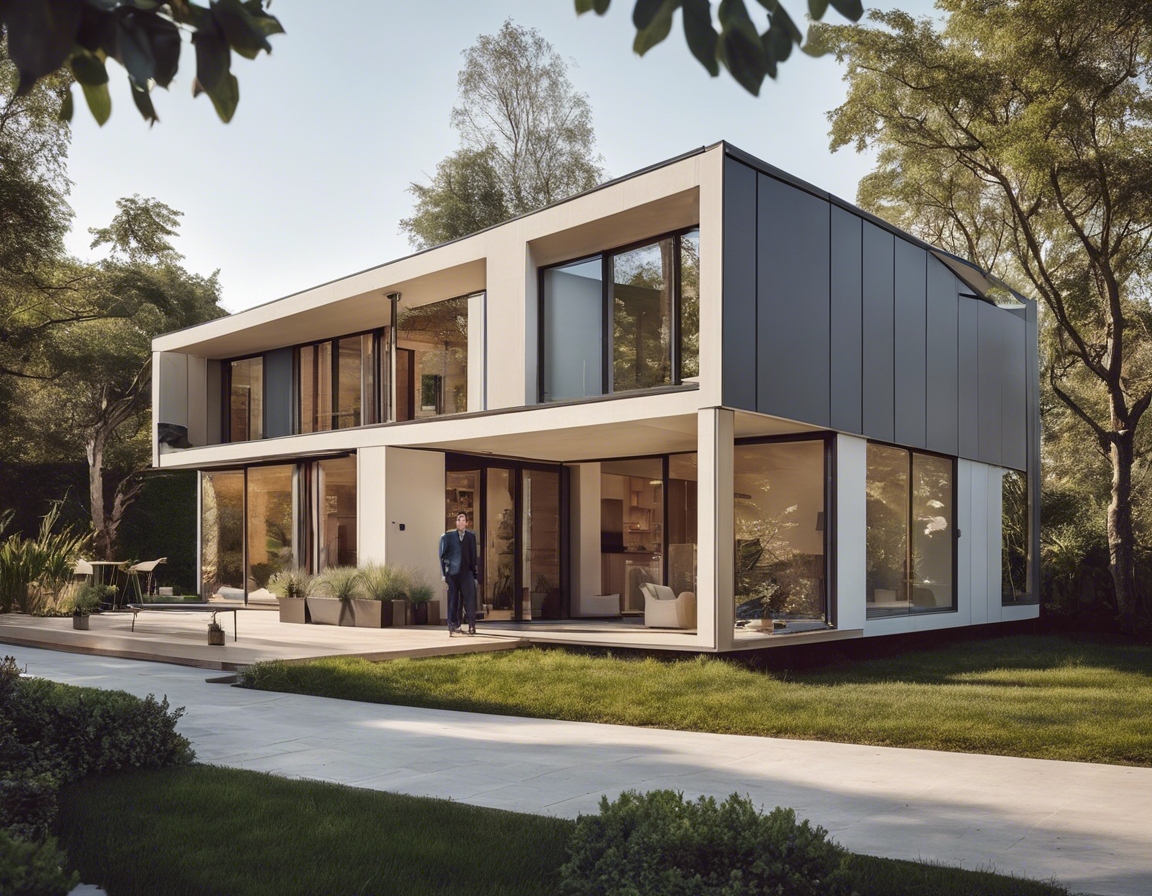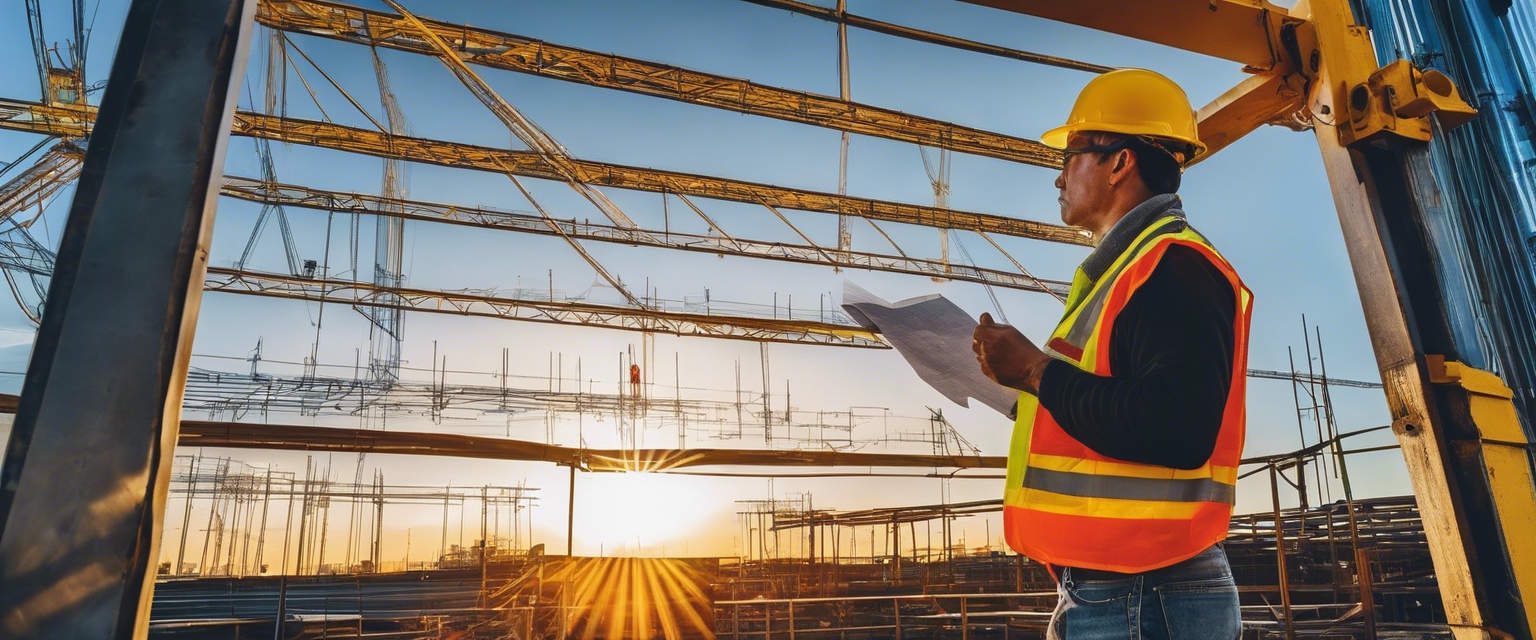Sustainable building: the advantages of clt houses
Cross-Laminated Timber (CLT) is a pre-fabricated, engineered wood building material with outstanding strength, stability, and versatility. It consists of several layers of kiln-dried lumber boards stacked in alternating directions, bonded with structural adhesives, and pressed to form a solid, straight, rectangular panel. CLT is revolutionizing the building industry by offering a sustainable alternative to traditional materials like concrete and steel.
As the world grapples with climate change and environmental degradation, sustainable building has become a critical aspect of the construction industry. It focuses on reducing the environmental impact of buildings through efficient use of resources, minimizing waste, and creating healthier living spaces. Sustainable building is not just a trend; it's a necessary shift towards a more responsible and eco-friendly construction practice.
The Environmental Benefits of CLT Houses
CLT is a carbon-neutral material, as the wood used in its production naturally sequesters carbon dioxide throughout the tree's lifespan. By choosing CLT, builders can significantly reduce the carbon footprint of their construction projects compared to using steel or concrete.
Responsible sourcing of timber for CLT production ensures that the wood comes from sustainably managed forests. This practice not only supports biodiversity but also promotes the regeneration of forest resources, contributing to the overall sustainability of the building industry.
CLT panels have natural thermal insulation properties, which contribute to the energy efficiency of buildings. This means that CLT houses require less energy for heating and cooling, leading to lower utility bills and a smaller environmental impact.
Construction Advantages of CLT
One of the most significant advantages of CLT is the speed of construction. CLT panels are manufactured to precise specifications and can be quickly assembled on-site, reducing construction time by up to 50% compared to traditional methods.
CLT's versatility allows for a wide range of architectural designs, from traditional to contemporary. Its dimensional stability and strength enable large spans and creative shapes, giving architects and designers the freedom to innovate.
CLT's prefabrication process results in minimal on-site waste, as excess material can be recycled or repurposed. This efficient use of resources aligns with the principles of sustainable building and contributes to a cleaner construction site.
CLT's Durability and Performance
CLT has a high strength-to-weight ratio, making it a robust building material capable of withstanding heavy loads and harsh conditions. It is suitable for a variety of applications, from residential homes to multi-story buildings.
Contrary to common misconceptions, CLT has excellent fire resistance. The char layer formed on the surface of CLT during a fire acts as an insulator, protecting the inner layers and maintaining the panel's structural integrity.
CLT's mass and layered construction provide superior sound insulation, creating quieter and more peaceful living environments.
The thermal mass of CLT contributes to a stable indoor climate, reducing the need for mechanical heating and cooling systems. This not only enhances comfort but also reduces energy consumption and costs.
Economic Benefits of CLT Houses
While the initial investment in CLT may be higher than traditional materials, the overall cost savings from reduced construction time, lower labor costs, and minimal waste make CLT an economically viable option.
The energy efficiency and low maintenance requirements of CLT houses lead to significant long-term savings for homeowners. Additionally, the durability of CLT can extend the lifespan of buildings, further enhancing their economic value.
As awareness of environmental issues grows, so does the demand for sustainable homes. CLT houses offer an attractive solution for eco-conscious consumers and can command a premium in the real estate market.






Comments (0)